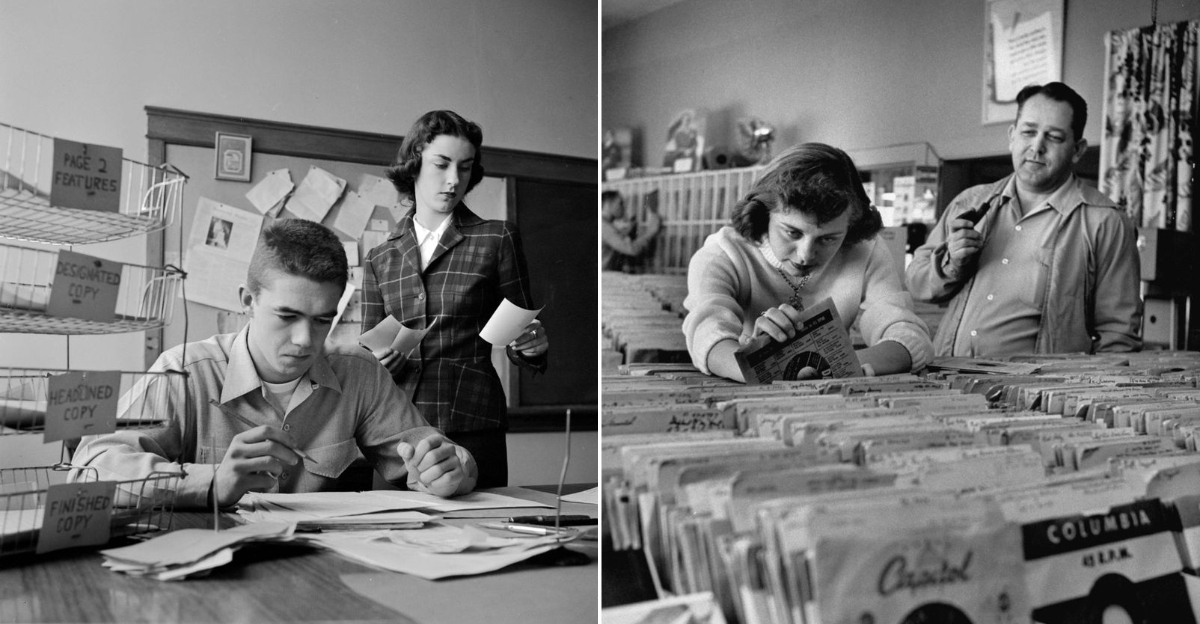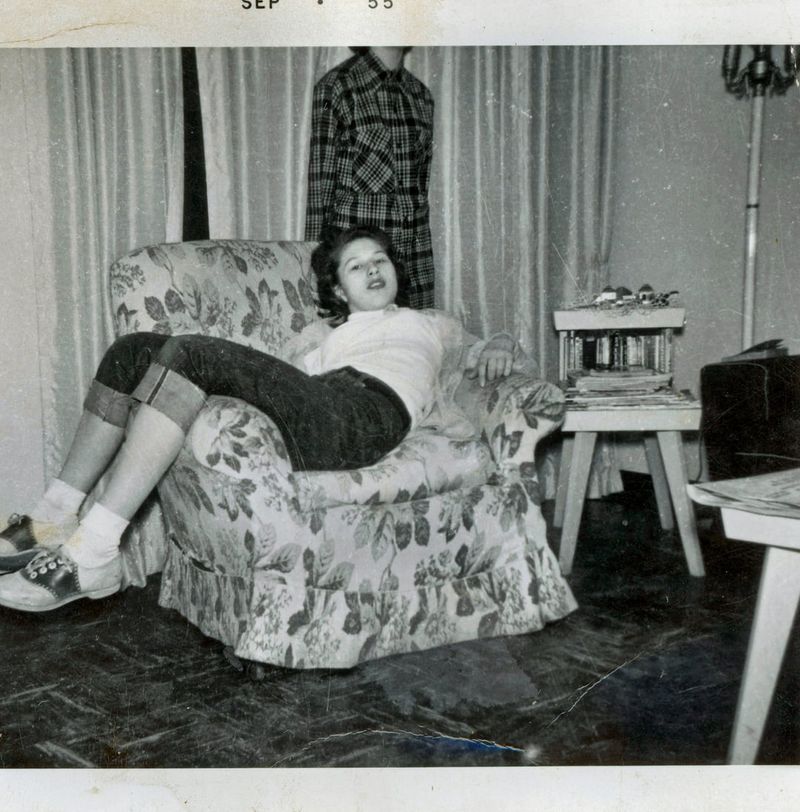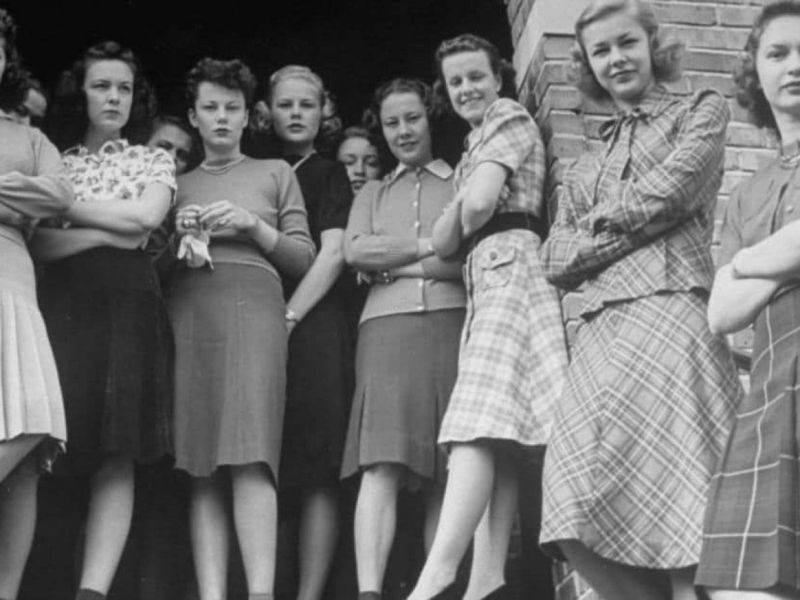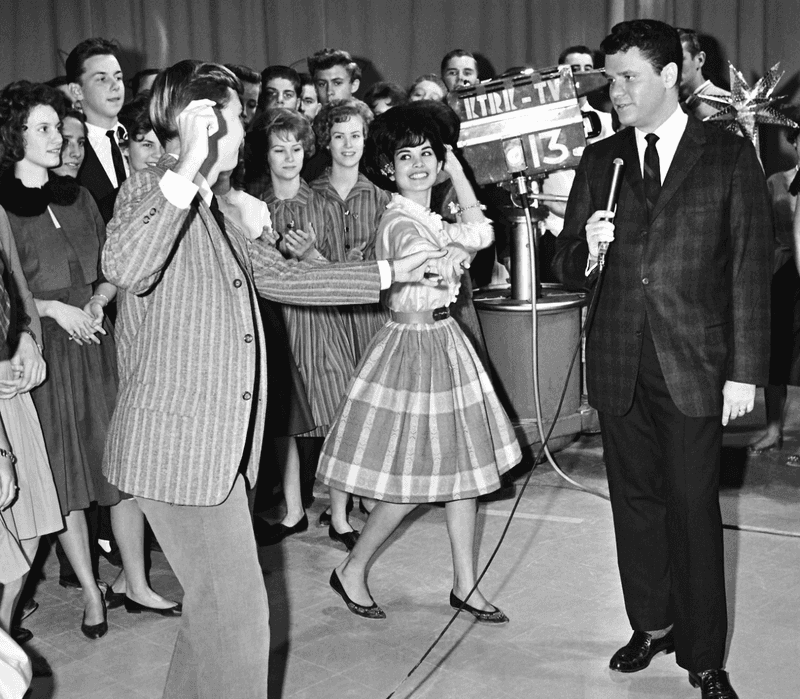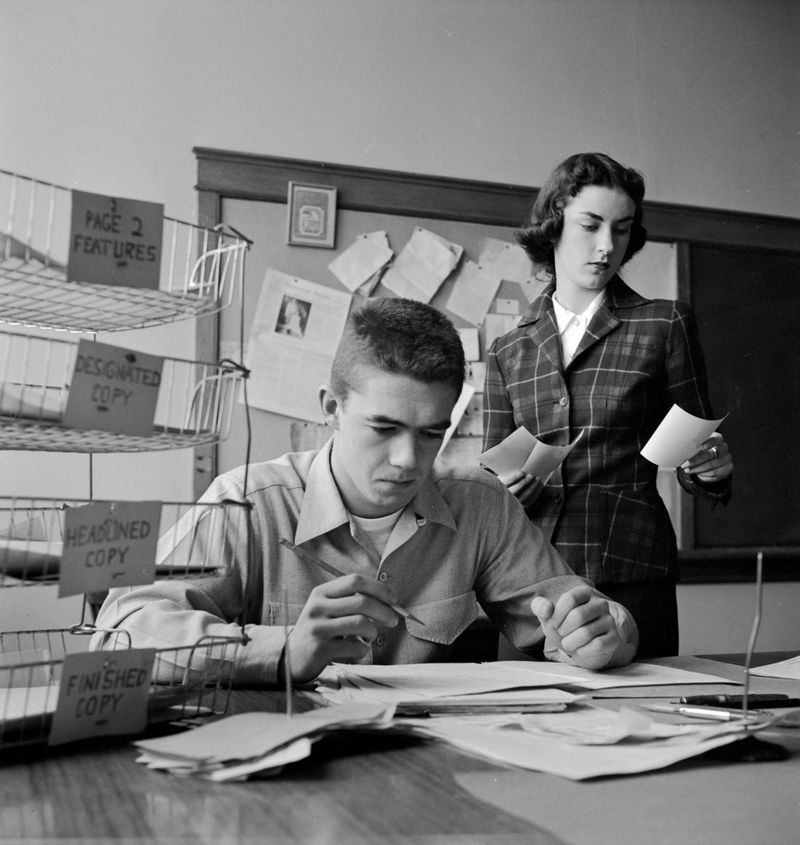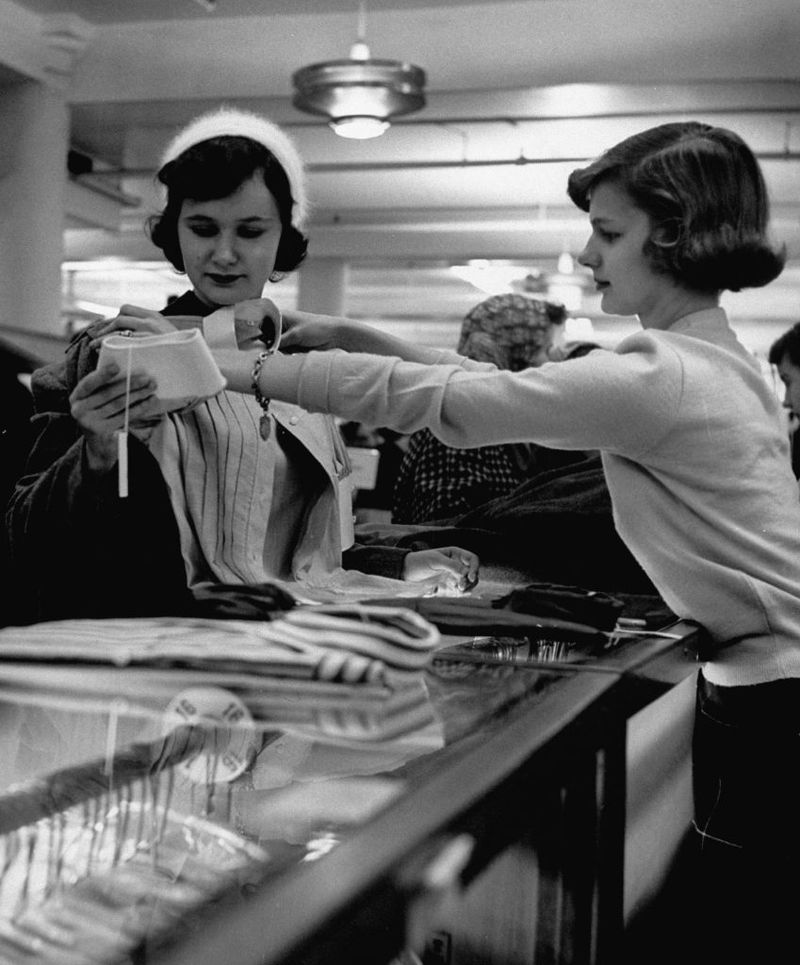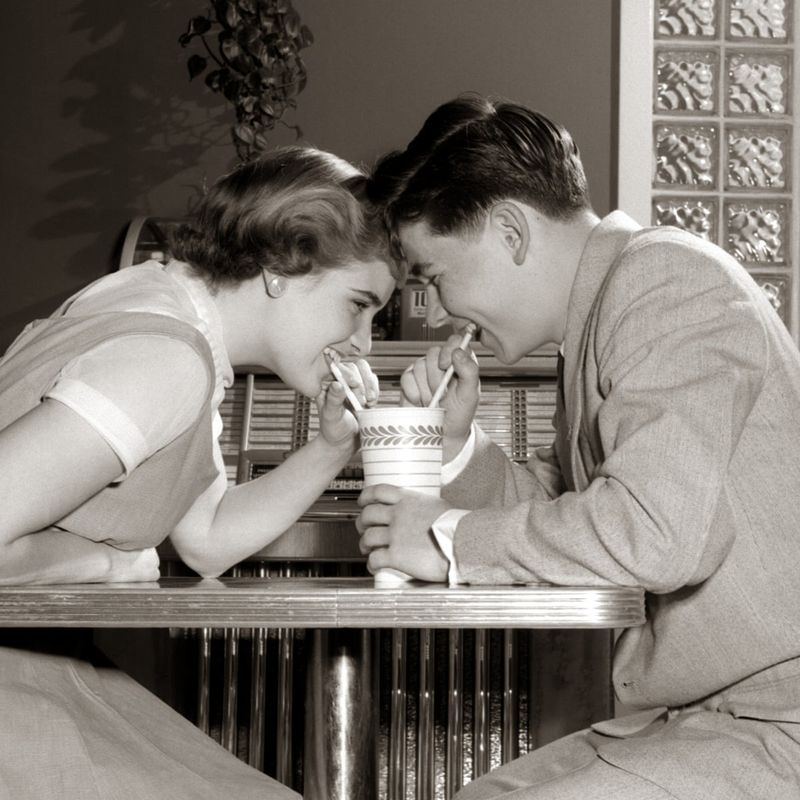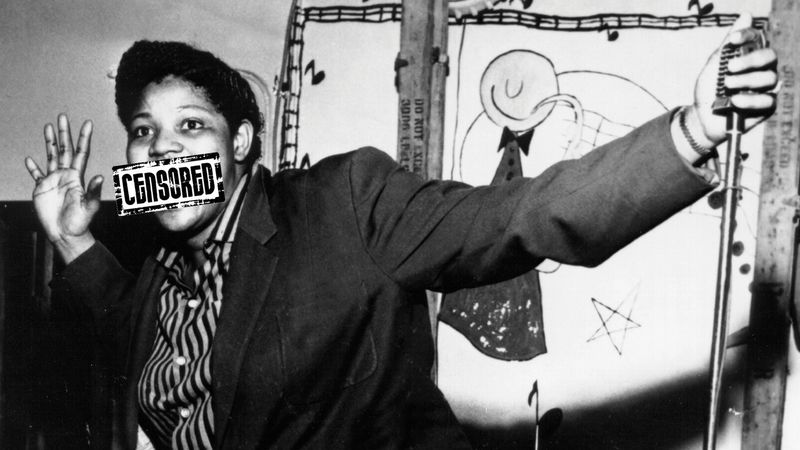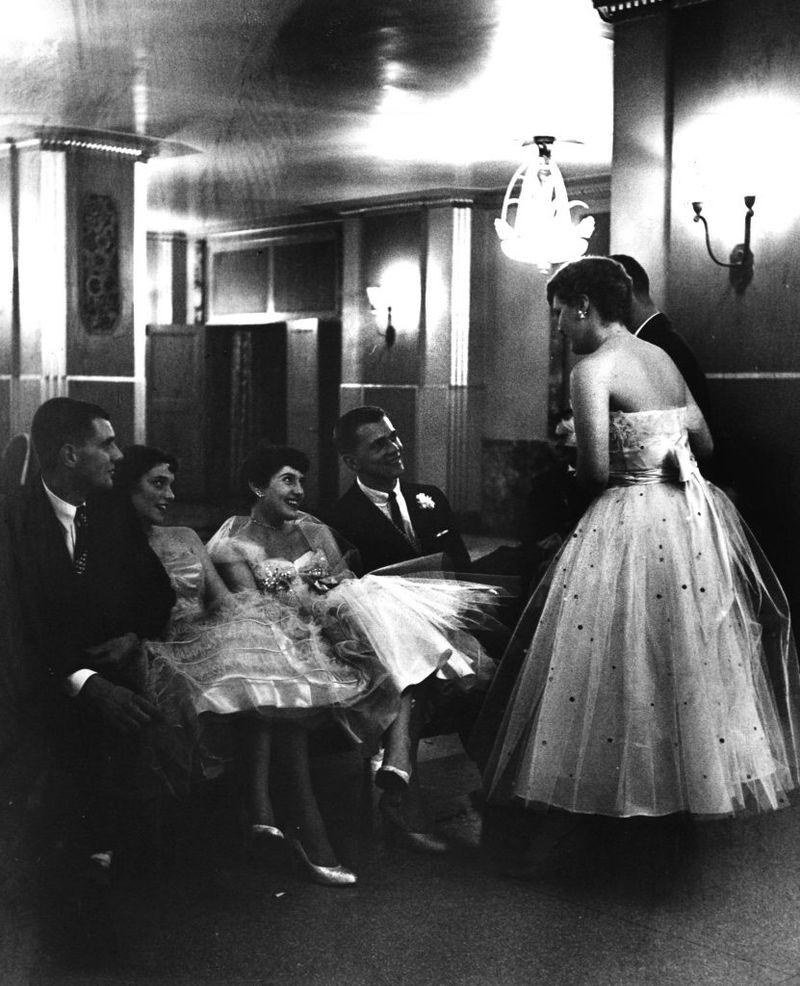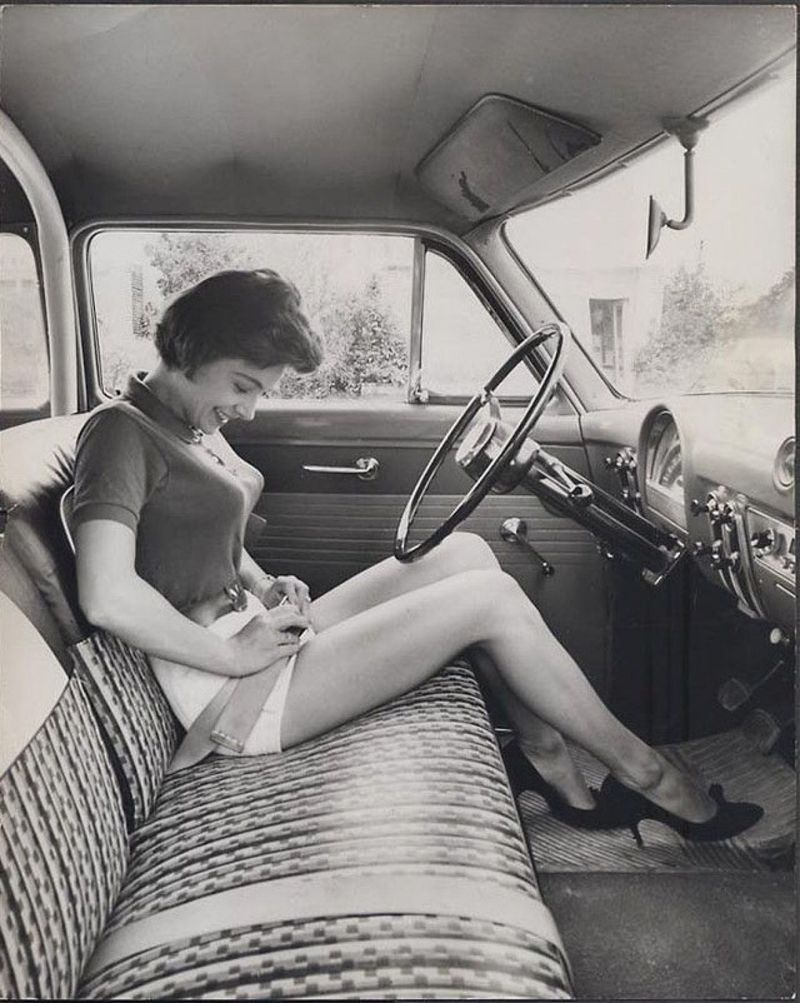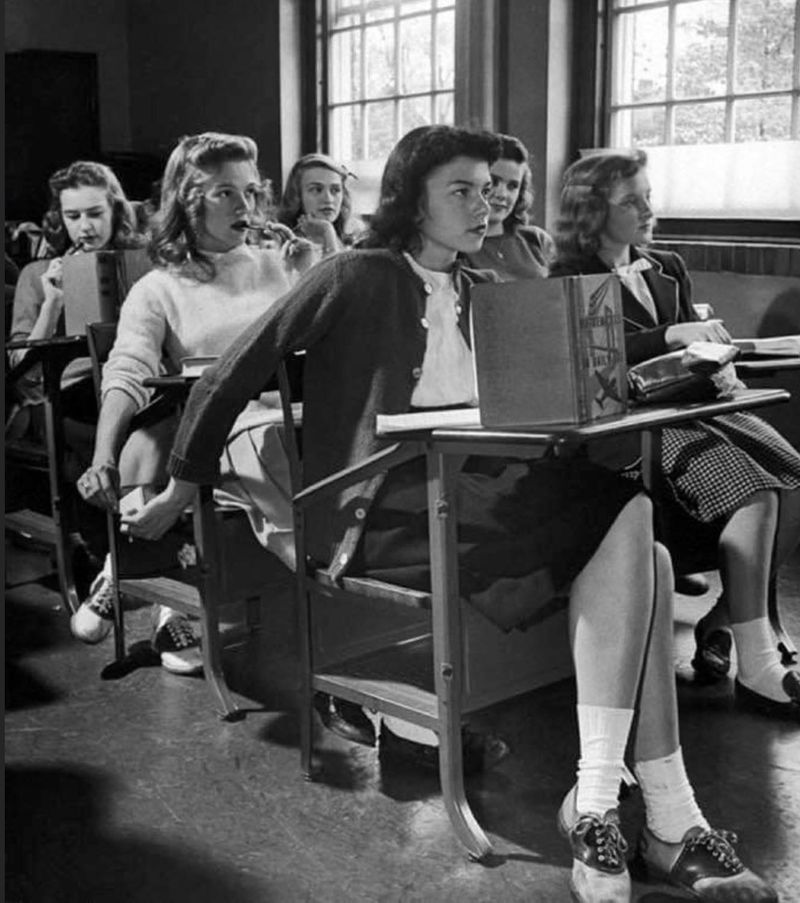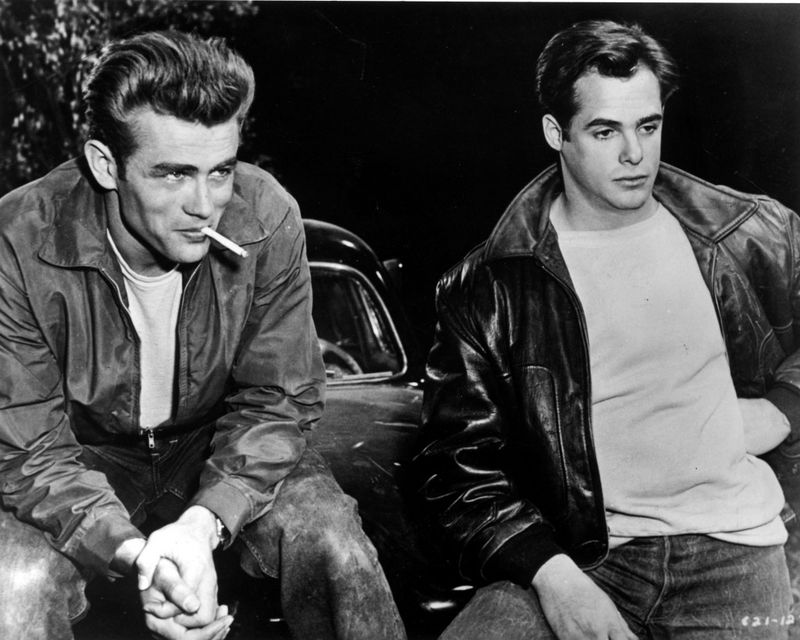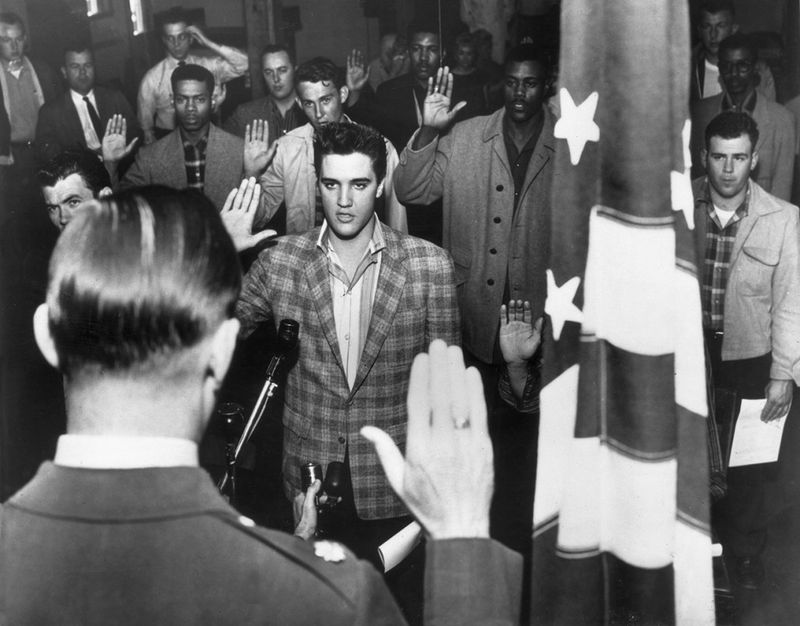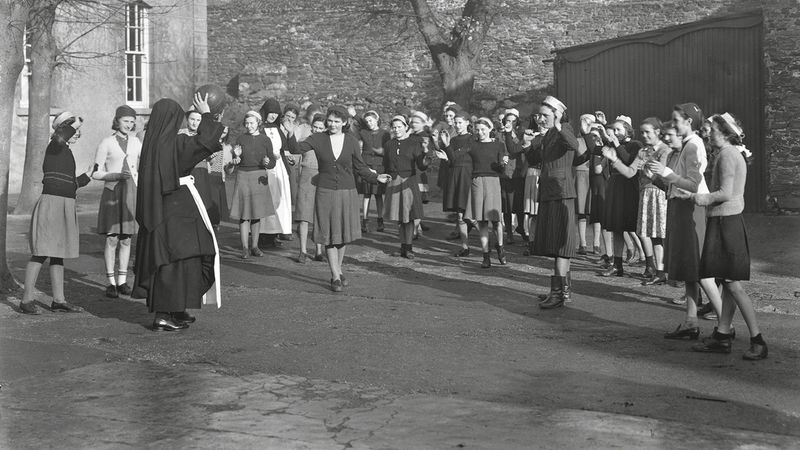The 1950s were a time of great social conformity, especially for teenagers. Amidst post-war prosperity, cultural norms dictated a strict code of behavior for young people, often limiting their freedom and self-expression.
From curfews to dress codes, these rules were designed to mold teenagers into responsible adults who conformed to societal expectations. Let’s explore 16 shocking restrictions that defined teenage life during this transformative decade.
1. Curfews Enforced by Law
Teenagers in the 1950s often faced strict curfews set by local municipalities. These curfews were enforced by law, and those caught outside past the designated time could face fines or be taken into custody.
Parents supported these curfews, believing they kept their children safe from delinquency. While meant to protect, these restrictions significantly limited social interactions, confining teens to their homes after hours.
The fear of punishment loomed large, creating a culture of vigilance among teenagers, who had to carefully plan their evenings around these enforced time constraints.
2. Dress Codes in Schools
In the 1950s, schools imposed strict dress codes that dictated what teenagers could wear. Boys were often required to wear ties and dress shirts, while girls had to wear skirts of a certain length.
These rules were meant to instill discipline and respectability but left little room for personal expression. Violations could lead to detention or even suspension, forcing teens to conform to conservative styles.
Despite the rigid guidelines, some students found ways to push the boundaries, using subtle accessories to showcase their individuality without crossing the line.
3. Segregated Social Events
Social events in the 1950s, including dances and school functions, were often segregated by race. This reflected the broader societal norms of racial segregation, which were legally enforced in many areas.
Teenagers of different races were not allowed to socialize together, limiting cross-cultural interactions and friendships. While some teens challenged these norms, risking social ostracism, many accepted segregation as an unfortunate reality.
The separation at social events not only divided teenagers by race but also reinforced prejudices and hindered the development of a more inclusive society.
4. Limited Career Options
Teenagers in the 1950s faced limited career options, especially for girls. Societal expectations dictated that women focus on becoming homemakers, while men were encouraged to pursue stable, traditional careers.
This restriction stifled ambitions and dreams, as girls aspiring to be doctors or engineers faced significant societal resistance. Career counseling often reinforced these gender roles, guiding students toward predefined paths.
Despite these limitations, some teenagers defied expectations, paving the way for future generations by pursuing unconventional careers and challenging the status quo.
5. Discouragement from Higher Education
Higher education was not always encouraged for teenagers in the 1950s, especially for young women. Many were persuaded to marry and start families instead of pursuing college degrees.
This norm was rooted in traditional gender roles, where education was seen as unnecessary for homemaking. Boys, though more often encouraged toward college, were still guided toward practical careers.
This discouragement from higher education limited opportunities for intellectual growth and career advancement. Yet, some teens resisted, valuing education and striving for academic success against societal pressures.
6. Strict Dating Rules
Dating in the 1950s came with a myriad of rules and expectations. Chaperones were often required on dates to ensure propriety, and physical affection was frowned upon in public.
Parents played a significant role in overseeing their children’s romantic lives, often dictating who their children could date. These restrictions aimed to maintain moral standards but frequently led to secretive relationships.
Teenagers navigated these rules with creativity, finding ways to spend time together while adhering to societal norms. These dating restrictions, while restrictive, often led to inventive expressions of romance.
7. Music Censorship
The music teenagers listened to in the 1950s was heavily censored. Songs deemed too suggestive or rebellious were banned from radio stations, limiting exposure to new and diverse genres.
This censorship reflected the era’s conservative values, which sought to protect young minds from perceived moral corruption. Rock and roll, with its energetic and unconventional style, often faced the brunt of censorship efforts.
Despite these restrictions, teenagers found ways to access banned music, sparking a cultural revolution. The struggle against music censorship became a defining aspect of teenage rebellion during this period.
8. Prohibition of Mixed-Gender Clubs
Mixed-gender clubs and activities were often prohibited for teenagers in the 1950s. Schools and community organizations promoted single-gender groups, believing they reinforced traditional gender roles and minimized distractions.
This separation limited social interactions between boys and girls outside of structured settings, creating a divide in social skills development. While some teens enjoyed these single-gender environments, others found them restrictive, longing for more inclusive opportunities.
The prohibition of mixed-gender clubs reflected the era’s emphasis on maintaining traditional values and controlling teenage interactions.
9. Restrictions on Driving
Driving was both a symbol of freedom and a tightly controlled privilege for teenagers in the 1950s. Many states imposed age restrictions and required parental consent for teenagers to obtain a driver’s license.
These rules aimed to ensure safety but often felt limiting to teens eager to explore. Curfews and designated driving hours further restricted their newfound independence.
Despite these limitations, the car became an iconic symbol of teenage rebellion and freedom, with many teens pushing the boundaries of these driving restrictions to assert their autonomy.
10. Different Standards for Boys and Girls
In the 1950s, boys and girls were held to different standards in both school and society. Boys were encouraged to be assertive and ambitious, while girls were expected to be demure and focused on domestic roles.
Educational curricula often reflected these gender biases, with boys receiving more encouragement in subjects like math and science. This disparity reinforced traditional gender roles, limiting opportunities for both genders.
However, some teenagers resisted these expectations, with girls excelling in male-dominated subjects and boys embracing more nurturing roles, challenging societal norms.
11. Limited Access to Birth Control
Access to birth control for teenagers in the 1950s was severely limited due to societal taboos and strict laws. Discussions about contraception were often avoided, leaving many teenagers uninformed about sexual health.
This lack of access resulted in higher rates of teenage pregnancies and limited female autonomy over reproductive choices. While some teens sought information through discrete channels, the stigma surrounding birth control made it a challenging topic.
The restrictions not only affected health but also reinforced conservative views on gender and sexuality, impacting teenage relationships and futures.
12. School-Sanctioned Smoking
Interestingly, some schools in the 1950s sanctioned smoking, with designated areas for students to smoke between classes.
This practice was a reflection of the era’s more relaxed attitudes toward tobacco use, which was not yet widely recognized as a health threat. While the idea of school-sanctioned smoking may seem shocking today, it highlights the contrasting priorities of the time.
However, the allowance of smoking was still restricted by age or parental permission, offering a curious insight into how teenage behavior was both controlled and oddly liberal.
13. Mandatory Military Training
For boys, mandatory military training was a common part of the educational experience in the 1950s. Programs like ROTC prepared teenagers for potential military service, emphasizing discipline and patriotism.
While these programs instilled valuable skills, they also reinforced traditional masculinity and limited personal choice. Many boys accepted this training as a rite of passage, while others viewed it as an unwanted obligation.
The emphasis on military preparedness reflected Cold War anxieties and shaped teenage perceptions of duty and citizenship. This mandatory aspect often overshadowed other forms of personal development.
14. Parental Control Over Music Purchases
Parental control over music purchases was a common restriction for teenagers in the 1950s. Parents often scrutinized the records their children bought, concerned about the influence of new musical styles.
This control extended to allowances, dictating what teens could afford. While parents aimed to protect their children from inappropriate content, this oversight often clashed with teenagers’ desire for autonomy.
Many teens found creative ways to circumvent these restrictions, sharing records with friends or hiding purchases. The tension between parental control and teenage independence was a hallmark of the 1950s music scene.
15. Conservative Religious Influences
Religious influences played a significant role in shaping the restrictions on teenagers during the 1950s. Many families adhered to conservative religious values, which dictated behavior, dress, and social interactions.
Church activities dominated teenage social life, reinforcing moral teachings and limiting exposure to secular influences. While some teens embraced these values, others felt constrained by the lack of freedom.
The religious framework provided a sense of community but also imposed strict guidelines that dictated every aspect of teenage life. This tension between religious adherence and personal freedom was a defining feature.
16. Control Over Hairstyles
Teenagers in the 1950s had limited freedom when it came to hairstyles. Schools and parents often imposed strict guidelines, prohibiting styles that were deemed too rebellious or unconventional.
Boys were expected to maintain short, tidy cuts, while girls had to avoid overly elaborate styles. Hairstyles were seen as a reflection of character, with conformity being a key expectation.
Despite these restrictions, some teenagers found ways to express their individuality through subtle changes. This control over personal appearance highlighted the broader societal desire to maintain order and conformity during the decade.
